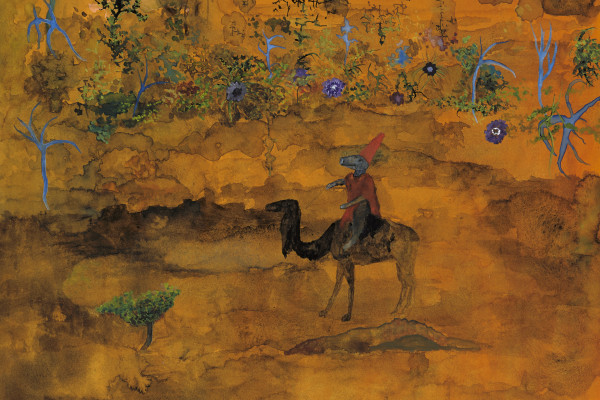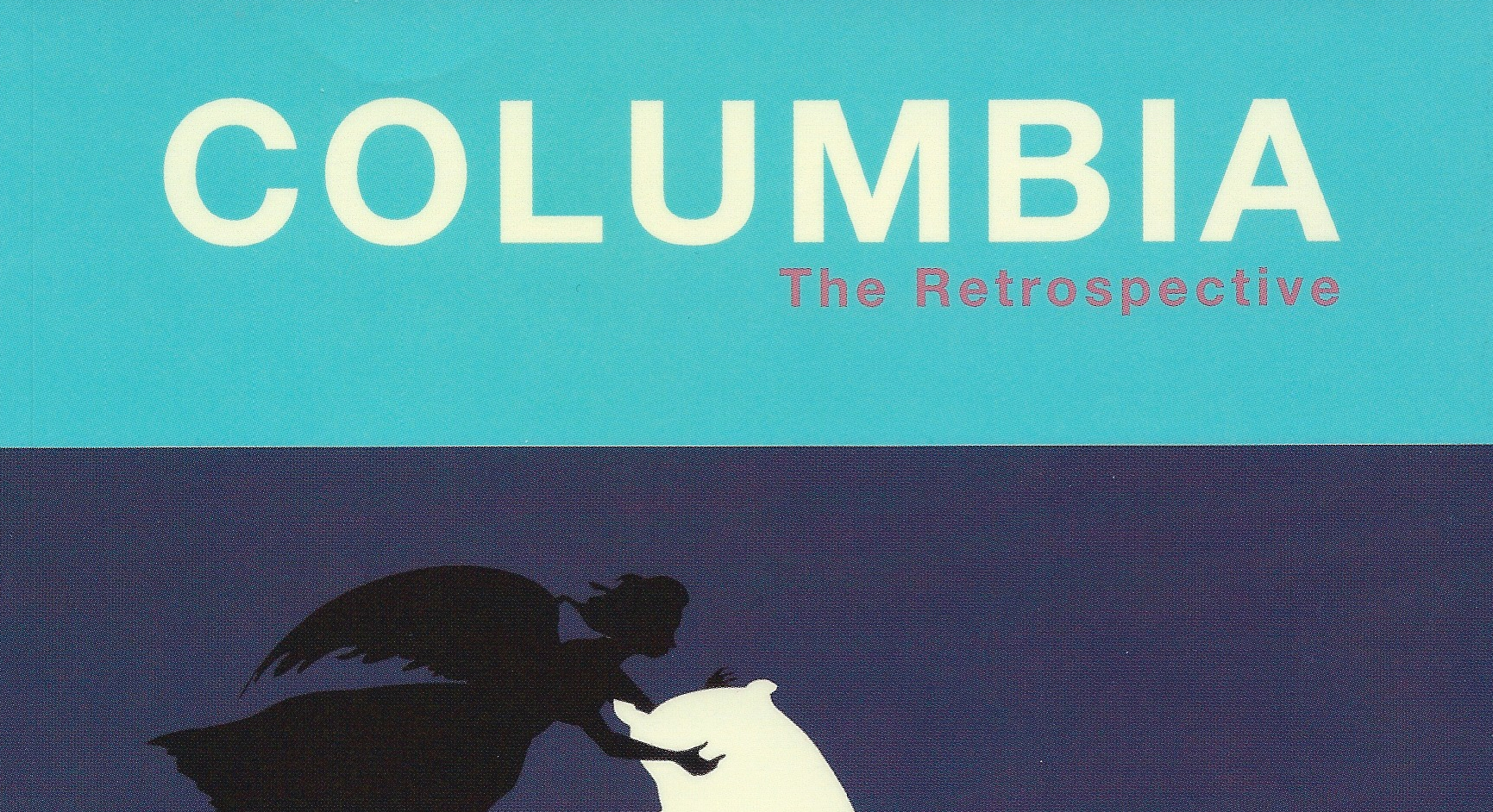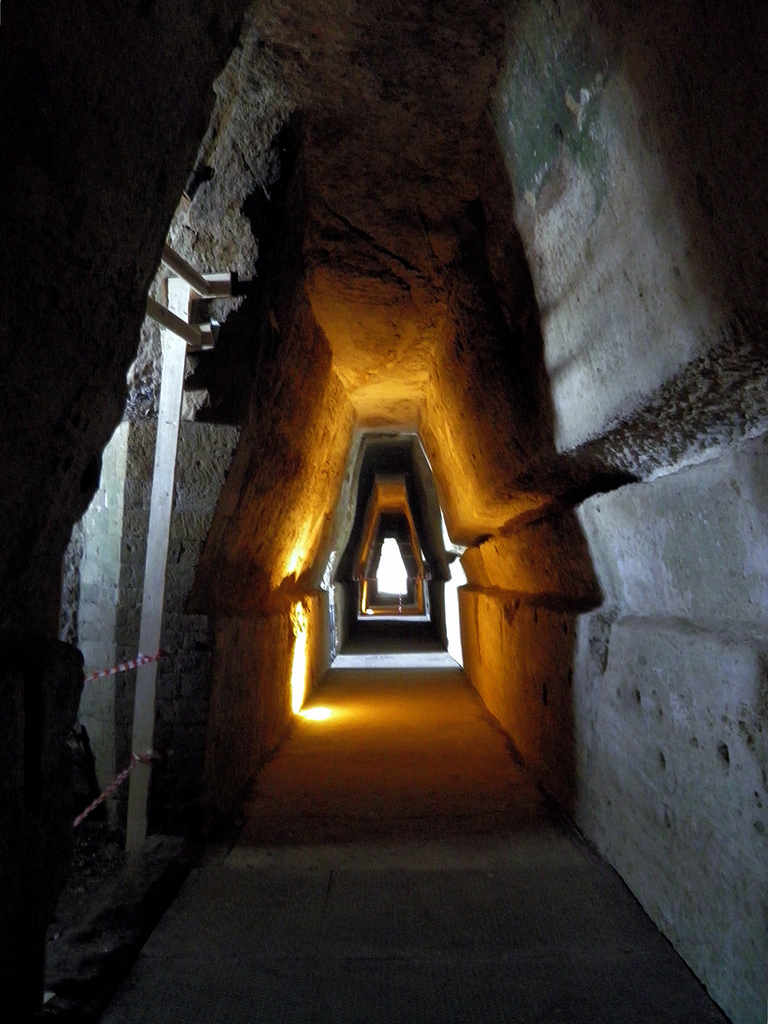by Adam Winters
—
Before the art galleries of New York filled vacant cast-iron buildings in Soho in the ‘80s and fled Soho for Chelsea in the ‘90s, when the Highline was but a weed-strewn elevated monument to urban detritus, and SAMO tags began appearing on Noho buildings and Sid and Nancy were about to check into the Hotel Chelsea, John Lurie was paying $55 a month for an East 3rd Street apartment and painting and blowing the sax in every hip downtown squat alongside his Lounge Lizards. Were they jazz? Punk? Jazz-punk? New wave? No wave? In the early ‘80s Lurie reportedly said with a smirk: “fake jazz,” but perhaps it’s best to just listen. As with all things Lurie, categories collapse.
Lurie had also been painting with watercolor and pencil around the time he landed downtown in 1976, and soon began making no wave films with the likes of Vincent Gallo, Steve Buscemi, and Jim Jarmusch. In the ‘80s he’d go on to star in Jarmusch’s classic indie films Stranger than Paradise and Down by Law. In a word, the creative ferment of downtown was bubbling with Lurie at its center, and he wasn’t alone in his multiple creative personalities—there was Gallo and Basquiat playing together in the noise rock band Gray at CBGBs, the Mudd Club, and Max’s Kansas City, there was poet and punk musician Jim Carroll, and there was Klaus Nomi, Joey Arias, and Kenny Scharf dancing to the B-52s in the uptown window of Fiorucci. This was the East Village community of poets, painters, actors, and musicians before AIDS killed Nomi and Haring, and money and fame and drugs took Basquiat—eight years prior he was an unknown artist sleeping on Lurie’s floor.

By the early ‘90s the scene had vanished along with many of Lurie’s friends, many of whom had succumbed to drugs or the AIDS epidemic, but he kept playing with the Lounge Lizards and acting, notably in his cult show, “Fishing with John,” in which Lurie, who seemed to know nothing about fishing, traveled to such locales as Jamaica with Tom Waits, Costa Rica with Dennis Hopper, and Montauk with Jim Jarmusch. The show, like the man, is impossible to describe in a tidy one-liner, though The New York Times once ventured: “Fishing as performance art?” Perhaps. But perhaps there’s a clue in the music for the show, composed by Lurie, with its minimal synth-organ sound accompanied by the repeated titular lyric, strangely evoking similar atmosphere as the theme song for another circa-1990 television show, Twin Peaks.
* * * *
In 2010 the New Yorker published a profile on Lurie, titled “Sleeping with Weapons,” which reads curiously more like the story of his former friend and alleged stalker, New York artist John Perry. In response to the article, Perry left his Upper East Side apartment each morning for several weeks and camped out a block from Lurie’s downtown home in Soho; Perry had gone on hunger strike. Meanwhile, Lurie condemned the article for its “hideous” character assassination in which he claims the author of the profile, Tad Friend, knowingly misrepresented countless quotes from himself and others. Over a dozen people who were interviewed for the profile, as well as dozens more of prominent friends and colleagues, wrote and signed a letter to the New Yorker to repudiate the article, asserting “the man presented in the article is not the man we know.” The New Yorker never responded. And soon after the New Yorker article was published, the San Francisco-based art magazine Juxtapoz likewise published an article about Lurie that borrowed both its premise of his “fall from grace” and quotes that Lurie claims were wildly inaccurate. Lurie wrote to Juxtapoz and both its writer and editors disappeared behind a wall of silence.

In fact, Lurie had vanished from the public eye in 2002, no longer able to play the saxophone and tour with the Lounge Lizards or act in films due to chronic Lyme disease—the New Yorker had acknowledged a “mysterious ailment,” which again Lurie claims misrepresentation to fit the author’s distorted profile. Holed up in his apartment, Lurie says he began to pour his soul into painting, a creative outlet he’d exercised for decades, now his only one. He has certainly been productive. His first solo exhibition was in 2004 at Anton Kern Gallery in New York; he has since exhibited his artwork internationally from Tokyo to Amsterdam and back to New York at Moma PS1, and the Museum of Modern Art has purchased several of his drawings and paintings for its permanent collection.
* * * *
Lurie’s latest solo exhibition, “There Are Things You Don’t Know About,” at Cavin-Morris Gallery in New York, offers the chance to gaze through a looking glass of phantasmagorical images upon the landscape of a singular mind—paintings that at once display whimsy and the weight of deep ontological meditation. For instance, there is “This is not the pig’s head you’re thinking of. That is the other pig’s head” and “Gateway into the World of Catfish Head,” pellucid depictions of a children’s imaginary realm—dark and light—playful yet deeply serious, which brings to mind the work of ‘80s contemporaries Haring and Basquiat. And like them, Lurie’s style is unmistakable.

A Lurie watercolor invites but a momentary glimpse of what inhabits the depths below opaque surfaces perceived by our senses of sight, sound, smell, and touch—yet the very moment that image begins to resonate in ways familiar to the viewer, the thing itself slips ever so gently away. Of course, to see these images as endless permutations occupying space in a flat plane is to abandon categorization under the guise of “knowledge” and simply allow yourself to be swept into this resonant, elusive wilderness.

In the surreal landscapes of “King pig turned flowers into language. This was later seen as a mistake” Lurie explicitly spells out the terms of engagement. In fact, he scoffs at the very thought of this attempt to order aesthetic experience with clumsy husks that are words. Can the scene be described? Approximately, King pig (a pig?) rides across a flat, desert-like landscape and from nearby foliage painted in pleasing greens, blues, and purples, arise curiously enclosed pictograph-like figures. If sense seems to crumble, perhaps it’s best to just look. After all, can you describe with words the music of the Lounge Lizards or “Fishing with John?”
“John Lurie: There Are Things You Don’t Know About” closes Saturday, October 25.
—
Adam Winters is a writer and teaching fellow at Columbia University, where he is completing a novel-in-stories and translating Apollinaire. He is the art editor of Columbia: A Journal of Literature and Art, and lives in New York City.




